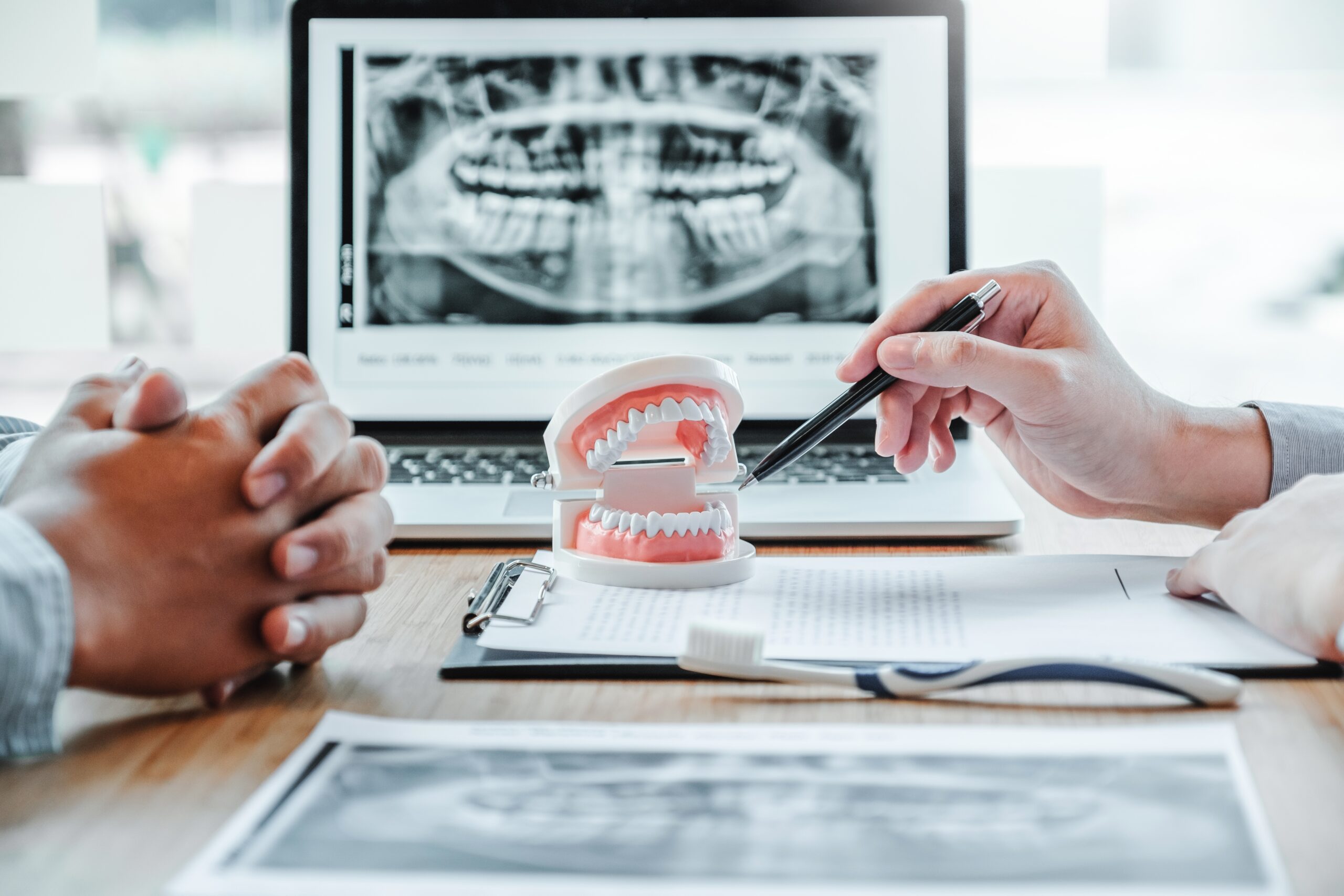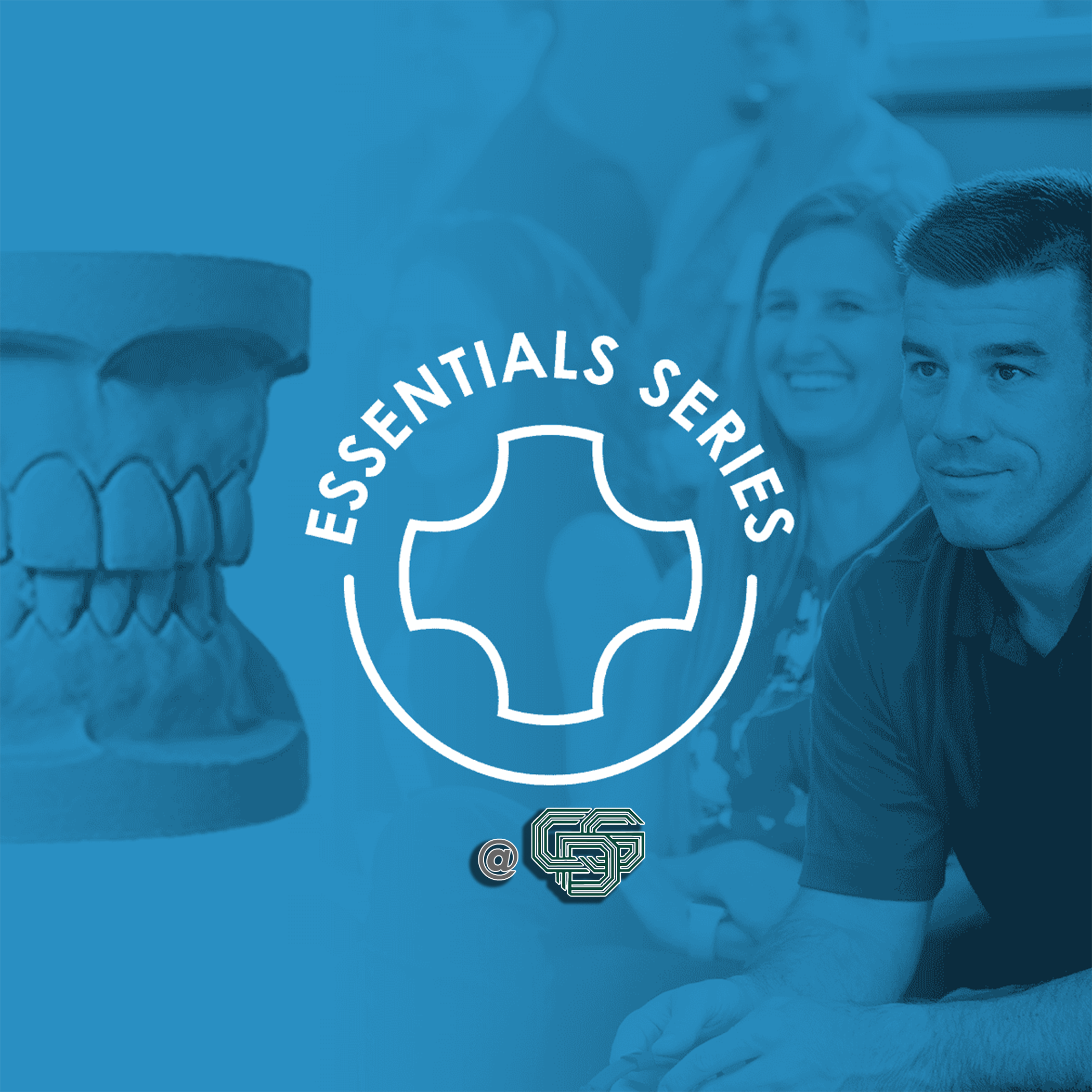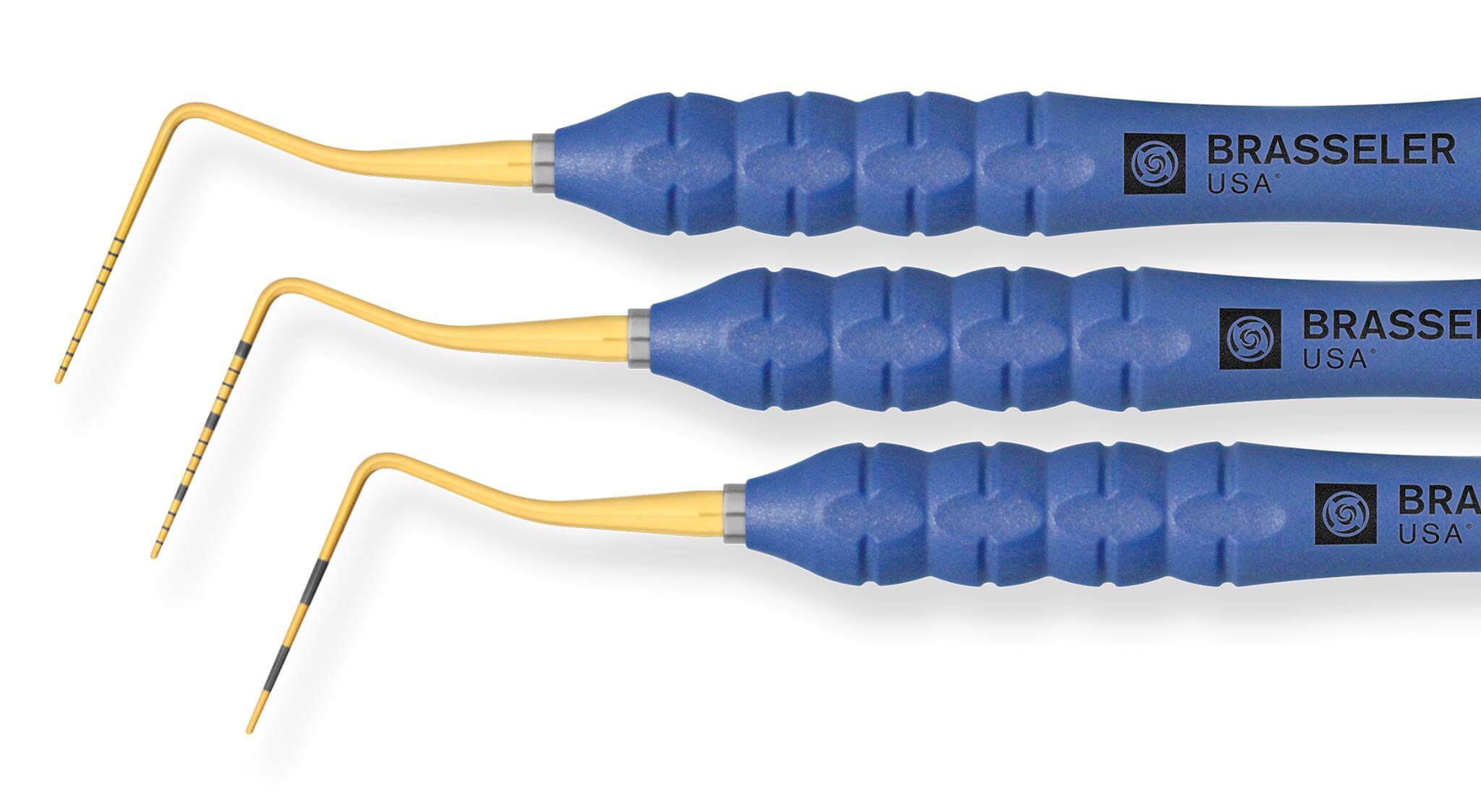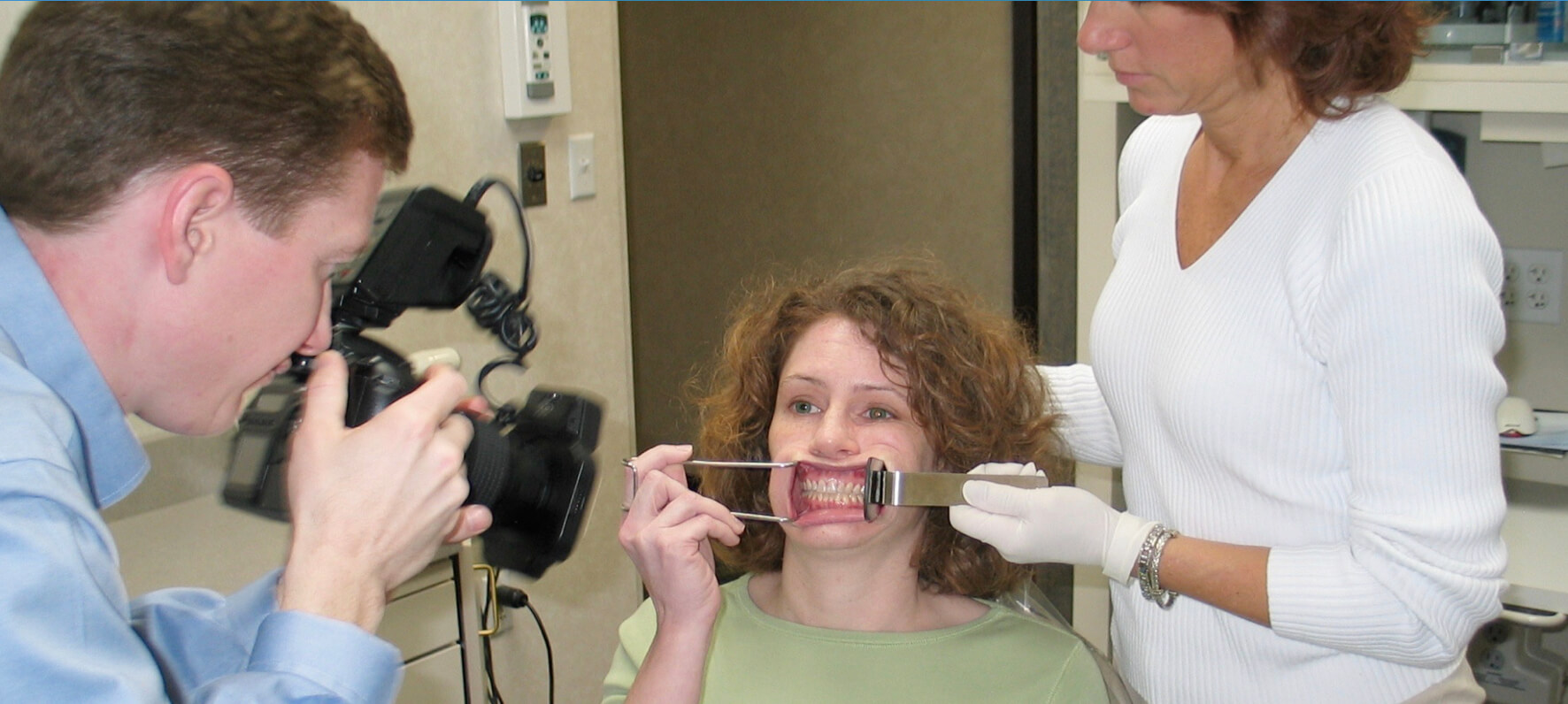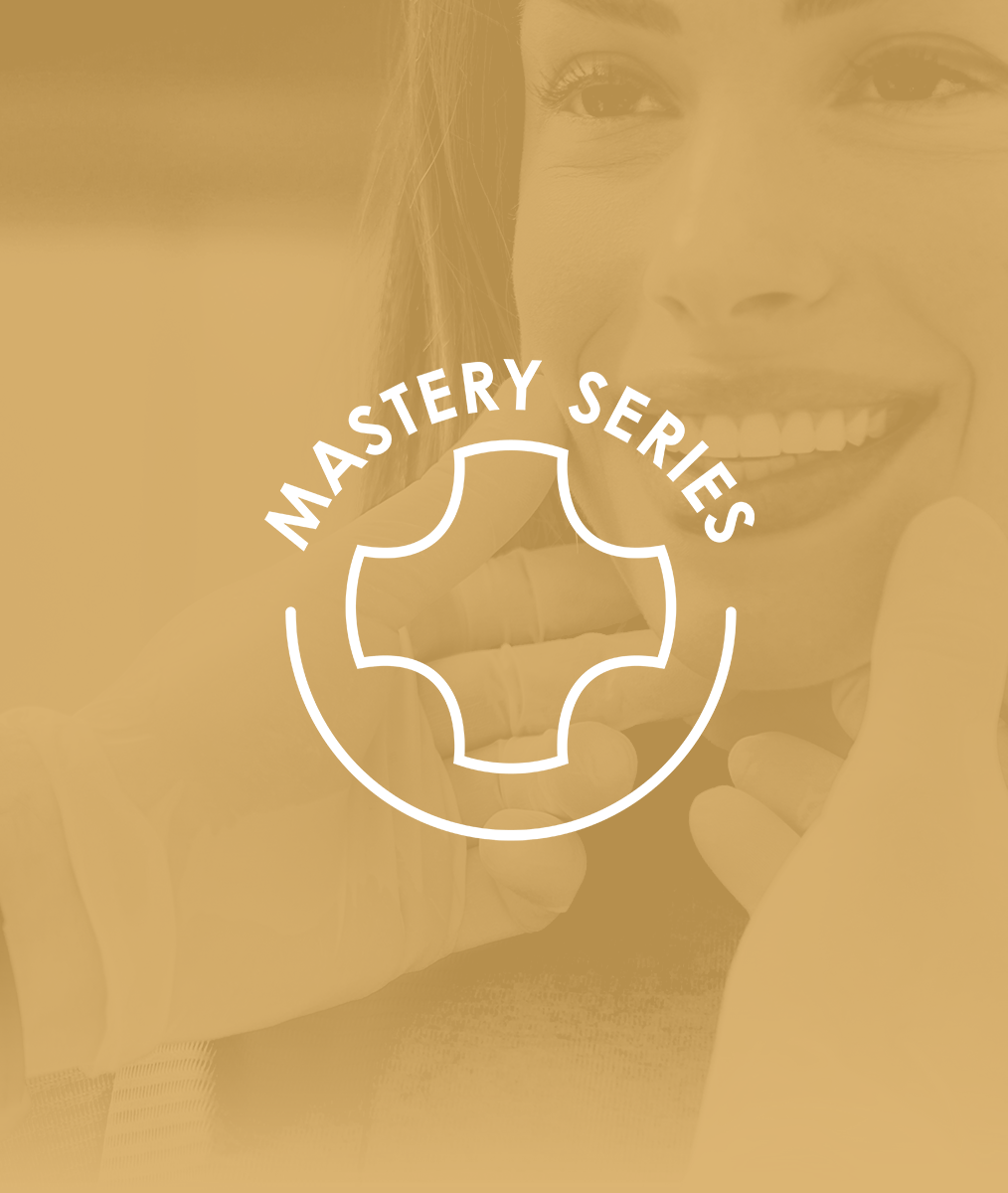Partnering in Health Part 5: Do you have TIME for new patients?
By Mary Osborne, RDH
How much time do you schedule for a new patient, non-emergency visit? Is your priority efficiency or effectiveness? Is your goal to gather as much clinical data as possible, or is it to begin to build a relationship of mutual trust? Both are possible if you see the new patient visit as more of a process than an event.
Too often new patients are rushed through an assembly line: brief conversation, clinical exam, diagnostic records, and treatment presentation! Is that really the best way to help people make choices about their health?
There is no one right way to schedule a new patient. Different practices are successful with different models based on the values of the practice, practice growth, and the personality and skills of doctors and team members. The most important determinant of success is our ability to meet each patient where they are and join them on a journey to health. I am not suggesting we should be without practice standards of care. We have a responsibility to decide what we need before beginning treatment. Our challenge is to guide patients to understanding why we need what we need, and why that is relevant to their unique situation.
We may anticipate that patients will resist this type of experience, but if we make it truly about the patient and are flexible, I have found that patients are more than willing to participate in an individualized process that best meets their temperament and circumstances.
I remember seeing a new patient that I was told was a “very busy attorney” because his secretary said so when she made the appointment and his wife said so when she confirmed the appointment. I anticipated that he would be a driver and prepared to efficiently move him through his appointment.
As I explored his health history with him he expanded on the specific answers to questions. Soon, he was leading the conversation. When I remarked that I wanted to make sure we were making good use of his time. He said, “Mary, what’s this about time?” I replied that I knew he was very busy. He said, “Mary, this is about me. I have time for me.”
His statement has stayed with me because I realized that if the conversation had been about me going through my check list and not listening to him, it would not have been a worthwhile experience for him. It also wouldn’t have been a worthwhile experience for me.
I have learned that when the patient feels in control of the process they are willing to give that time to themselves. A lot of aha moments occur as they learn about themselves while speaking. When patients feel like they are on an assembly line being moved through our system, they have every right to be resistant.
Empowering patients to lead the process is both an attitude and a learnable skill. When we can lose ourselves in the moment, really listen, really encourage, and really care about the patient’s thoughts and feelings, it is easy to make connections to the next step we recommend. It is my experience that I can more quickly become a trusted health advisor when I intentionally share control with my patient.
Most patients are willing to invest more time in the process when they see the connection between their needs and what we recommend. These are typically patients who have or have had complex health issues and are seeking to improve and retain health. They perceive the value of the extended process and how much value you place on spending in-depth time with them.
The entire team’s communication can deliver the message that everyone in the practice is keenly interested in them, and their appointment is uniquely planned to meet their needs.
What has been your experience? Are you open to scheduling more time for conversations that typically garner trust and appreciation earlier in the relationship?
Related Course
Surgically Facilitated Orthodontic Therapy
DATE: October 10 2024 @ 8:00 pm - October 10 2024 @ 9:00 pmLocation: Online
CE HOURS: 1
Date: October 10, 2024 Time: 8 – 9 pm ET Speaker: George Mandelaris, DDS, MS COURSE DESCRIPION Patients seeking ideal esthetics may require a more sophisticated diagnosis and treatment plan…
Learn More>













